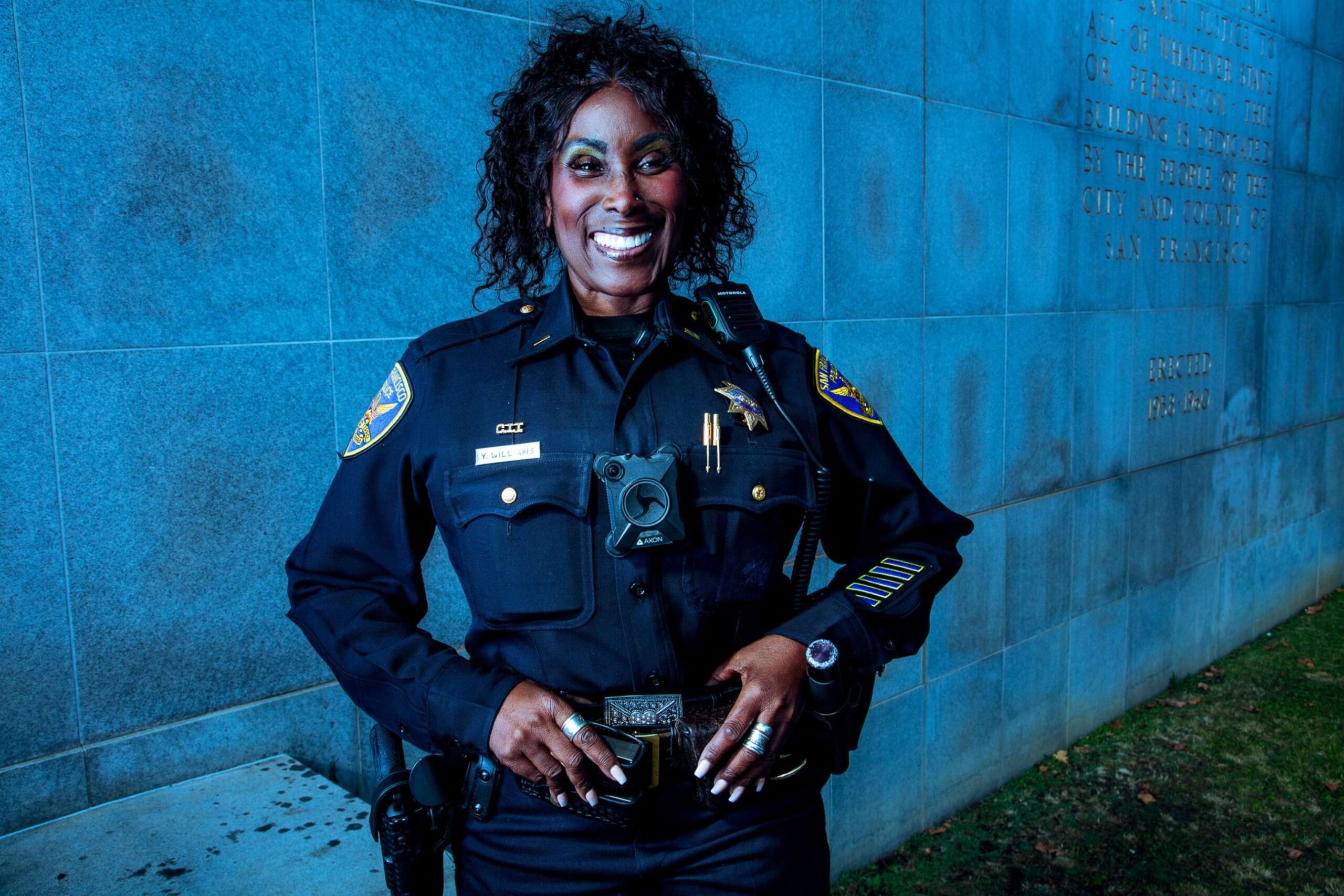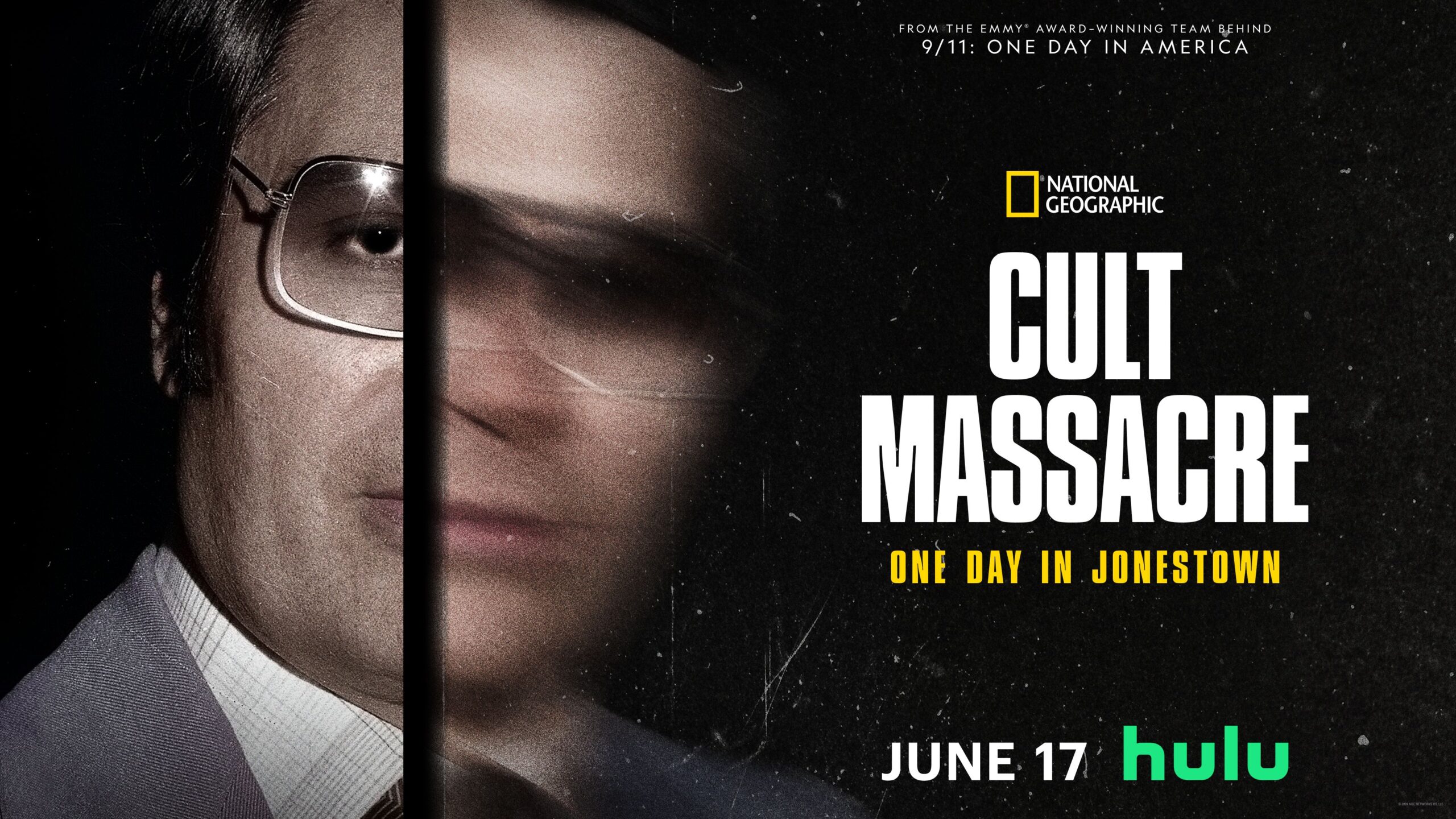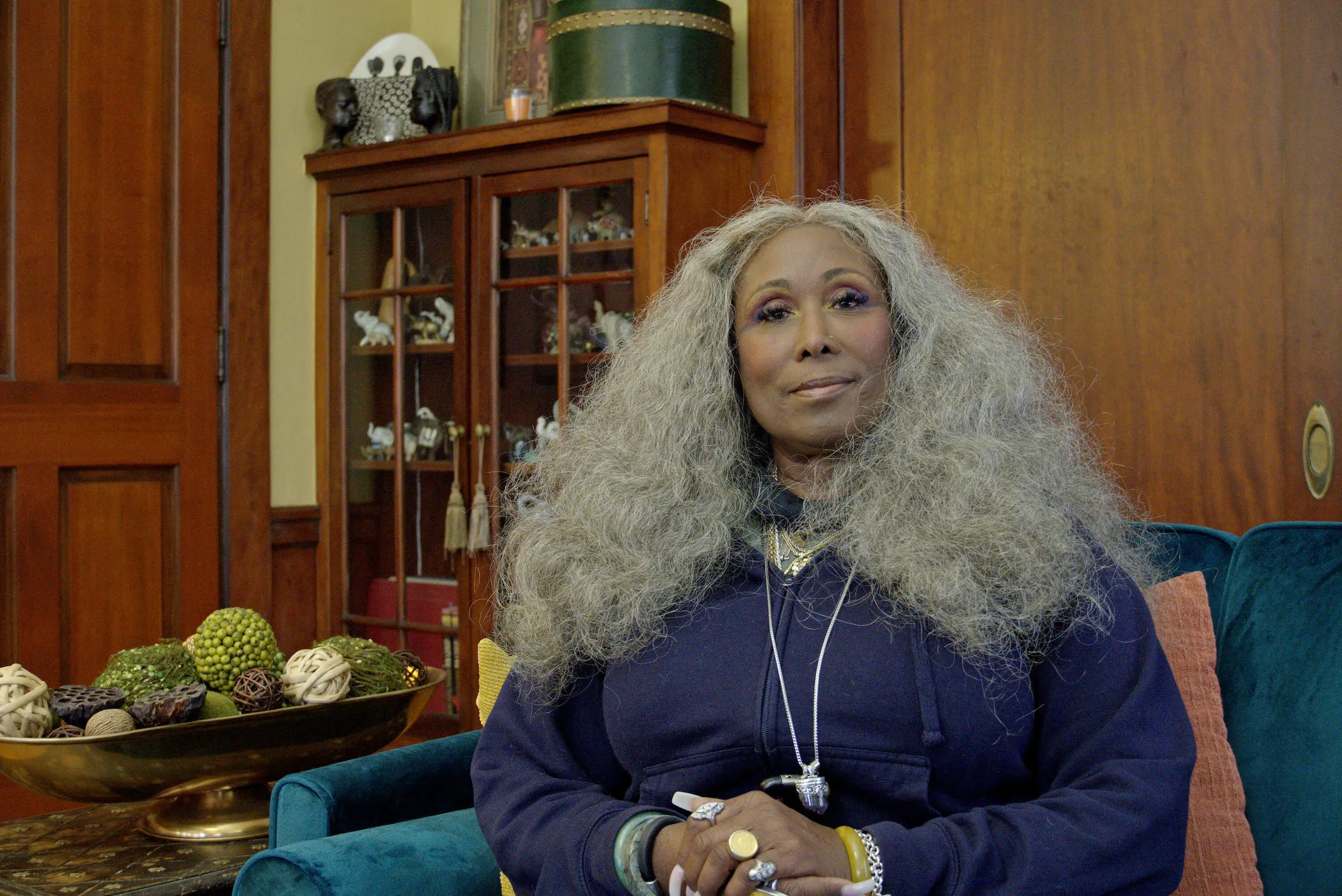



Inside Jonestown, Yulanda Williams’ Story
The Jonestown tragedy remains one of the most chilling examples of the dangers of cult dynamics and mass manipulation in modern history. Among the survivors who emerged from this dark chapter is Yulanda Williams, whose story of resilience and strength is now being spotlighted in a compelling new docuseries, “CULT MASSACRE: ONE DAY IN JONESTOWN,” now streaming on Hulu and National Geographic beginning August 14.
“CULT MASSACRE: ONE DAY IN JONESTOWN” shows the intricacies of Jonestown, offering fresh perspectives and previously unseen footage. Featuring in-depth interviews with survivors, including Williams, the series sheds light on the psychological manipulation employed by Jones and the daily realities within the commune.
Yulanda Williams was just 12 years old when she and her family began attending Peoples Temple services in San Francisco. Founded by Reverend Jim Jones, the Peoples Temple was initially seen as a progressive and inclusive congregation, appealing to marginalized groups with its messages of social justice and communal living. In 1977, Jones called Williams and other members of the congregation to join him at his remote compound in Guyana, South America. This settlement, which became infamously known as Jonestown, was presented as a utopian community free from the racial and social injustices that plagued American society. However, the reality was far darker.
Jonestown was a place of extreme control and manipulation. Jim Jones maintained a tight grip on the lives of his followers, using fear, humiliation, and isolation as tools to keep them submissive. All communications were monitored, and dissent was met with severe punishment. The promised paradise quickly revealed itself to be a prison. Against all odds, Yulanda Williams managed to escape Jonestown before the massacre occurred.
Through a combination of courage and strategic thinking, Yulanda Williams convinced Jim Jones to let her return to the United States. She argued that allowing her to leave would demonstrate that people in Jonestown had the freedom to come and go as they pleased, a notion Jones reluctantly agreed to. Upon her return to the United States, Yulanda not only survived but thrived. She dedicated her life to serving her community, ultimately becoming a captain in the San Francisco Police Department, where she served for 32 years. Her remarkable career is a testament to her resilience and determination to overcome the traumas of her past.
More than a survivor, Yulanda Williams is an advocate for education on the dangers of cults and the importance of critical thinking. She has dedicated her life to sharing her story, hoping to prevent similar tragedies in the future. Her involvement in the docuseries “CULT MASSACRE: ONE DAY IN JONESTOWN” is part of her ongoing mission to ensure that the lessons of Jonestown are never forgotten. By participating in this three-part series, she continues to educate and warn others about the perils of blind allegiance and the importance of maintaining personal agency.
On November 18, 1978, the world watched in horror as news broke of the Jonestown massacre. Over 900 members of the Peoples Temple died after drinking cyanide-laced Kool-Aid, either voluntarily or by coercion. It was one of the largest mass deaths in modern history and a tragic end to what was supposed to be a sanctuary. Jim Jones maintained a tight grip on the lives of his followers, using fear, humiliation, and isolation as tools to keep them submissive. All communications were monitored, and dissent was met with severe punishment. The promised paradise quickly revealed itself to be a prison.
Williams spoke extensively about how Jones used power and control to manipulate his followers. She recalled how he initially presented himself as a savior, concerned with the social injustices of the time. However, this facade quickly crumbled as his true nature revealed itself. “He was no better than all the people he was saying were trying to harm us,” Williams said, highlighting the irony of Jones’ supposed fight against oppression. Jones’ tactics were brutal. He instilled fear, used public humiliation, and enforced isolation to break the spirits of those who might oppose him. “All incoming and outgoing mail was censored,” Williams explained, making it nearly impossible for anyone to seek help or maintain a connection with the outside world. This environment led many to a state of hopelessness and surrender.
For those interested in learning more about the tragic events of Jonestown, the three-part docuseries “CULT MASSACRE: ONE DAY IN JONESTOWN” is streaming exclusively on Hulu and available on National Geographic starting August 14. This series delves deeply into the events leading up to and following that fateful day, providing a comprehensive look at one of the darkest chapters in modern history.



Leave a Reply